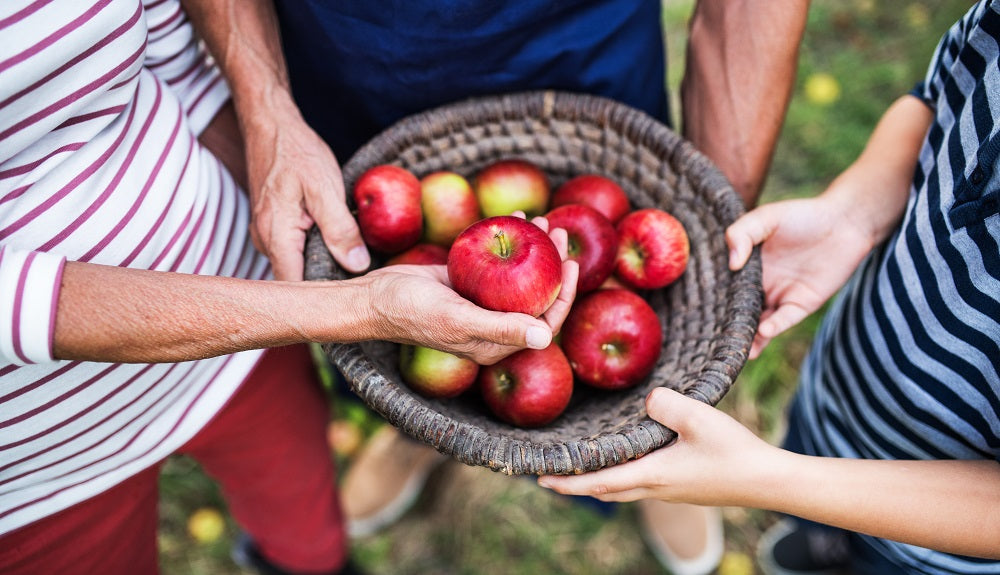Your Cart is Empty
Free shipping on Orders $79+
Free shipping on Orders $79+
Explore

Eating Seasonally: 5 Things You Should Eat During Fall (Plus One You Shouldn’t)
September 24, 2020 6 min read
Whether or not you’re ready for it, fall is here!
If you haven’t already, you’ll begin to notice some changes: Crisper breezes that make layers a must, leaves will begin to change color, it will get dark earlier, and pumpkin-spiced foods will be on menus everywhere.
Of course, pumpkins aren’t the only food we associate with fall. Apples and cranberries are two more popular fall foods.
Pumpkins, apples, and cranberries are fall foods for a reason: They’re all ready to harvest starting around the beginning of fall.
Just because other fruits and vegetables are still available in fall doesn’t mean you should still eat them. There are some distinct benefits to eating seasonally.
Let’s take a look at why it’s much healthier to eat seasonally, as well as some fall foods recommended by our certified nutritionist, Annie.
What Does It Mean to Eat Seasonally?
Plenty of fruits and vegetables are available in grocery stores when they aren't even in season, but that doesn't mean it's in your best interest to eat them.
Fruits and vegetables naturally flourish at certain times of the year, and it's important to embrace the different seasons and the foods that they produce.
Seasonal eating is a simple concept. It means selecting and eating veggies and fruits while they are naturally ready to be eaten. Even though it's a simple concept to grasp, it's a bit harder to practice when we have so many options available to us throughout the entire year.
However, eating seasonally has some distinct health benefits that make it worth ditching fruits and vegetables that aren’t naturally in season.
Why Is It Beneficial to Eat Seasonally?
There are four great reasons to practice seasonal eating:
1. It’s Healthier
When foods are grown and consumed at the optimal time, they are proven to be more nutritionally dense. Broccoli is a perfect example of this.A study found that broccoli grown during its natural season (fall) contained much more vitamin C than broccoli grown in the spring.
Growing foods out of season isn't natural, so they can't follow their normal growing and ripening process. In fact, some vegetables and fruits require ripening agents to ensure they are available all year long. These ripening agents often include gases, chemicals, and even heat processes. On some occasions, produce is coated in an edible film for extra protection.
While these processes are useful for producing large quantities of fruits and vegetables year-round,studies show that produce ripened artificially is not as nutritious as produce ripened naturally.
2. You Can Taste the Difference
If you've ever had the chance to eat tomatoes grown in a summer garden, you probably noticed how much sweeter they are than those you can find at the grocery store. When fruits and vegetables are produced all year long to meet consumer demand, they are often not as flavorful.
These large producers often choose quantity and appearance over taste. If you want the fruits and veggies you eat to be packed with flavor and nutrients, make sure they were grown and picked during the proper season.
3. It’s Better for the Environment
The best way to tell which fruits and vegetables are in season is to buy from stores that are locally sourced. Not to mention, choosing local, in-season produce is better for the environment. Think about how far those pears you bought had to travel before they got to your local grocery store.
They might have been driven across the country or even arrived by plane. It's easy to overlook the long distances our foods travel, but one-third of all vegetables and over half of all fruits in U.S. storeshave been imported.
The further produce travels, the greater the fuel emissions and environmental impact. Buying local is not only better for the environment, but it also supports your local farmers and community.
4. Less Worrying About Pesticides
With many fruits and vegetables traveling long distances to make it to your local grocery stores, pesticides and preservatives must often be added to ensure they arrive fresh. Preservatives and pesticides are an unfortunate byproduct of the way we get most produce, but it doesn't have to be that way.
Sticking to foods that are in-season and locally grown can minimize your intake of these nasty chemicals.
5 Foods You Should Eat During Fall
So, now that you understand the importance of eating seasonally, let’s take a look at five foods we recommend during the fall season:
1. Cauliflower
Although you might see cauliflower arriving at farmers’ markets as early as June, its peak season is September through November.
We love cauliflower because it is an incredibly versatile vegetable and can easily be used to replace starchy or carb-packed foods in your diet. Some of our favorite ways to repurpose cauliflower are by grating it to replace rice, mashing it in place of mashed potatoes, and even substituting it in mac and cheese.
Cauliflower is packed with antioxidants, which can help reduce the risk of ailments such as cancer. Plus, it's high in fiber so you'll feel fuller for longer! It's exactly what you need if you want to cut calories and lose a little bit of weight.
2. Winter Squash
Winter squash is a blanket term for pumpkin and a variety of squashes: spaghetti, acorn, Hubbard, butternut, and kabocha. All of these fruits are delicious and full of vitamin A, vitamin C, and omega-3 fatty acids. Pumpkin is great because it's full of potassium and plenty of fiber and vitamin B.
Vitamin B is so important because it helps metabolize fats, carbs, and proteins that are stored in the belly - and who wouldn't want aflatter belly?
3. Pomegranates
The pomegranate is a superfood that has gained popularity in recent years. These sweet seeds are filled with antioxidants and other great nutrients.
So, what's so great about the antioxidants in pomegranates? These antioxidants are punicic acid and punicalagins and are even more effective than the antioxidants commonly found in green tea and red wine. Not only are antioxidants anti-inflammatory, but they are known to reduce your risk of diseases like Alzheimer's and cancer.
4. Parsnips
Parsnips look a lot like a white-colored carrot, and they can actually be used similarly to carrots because they have a similar texture. Parsnips are great during the fall because they are low in calories and extremely high in fiber (6+ grams of fiber per cup).
If you're a regular follower of our blog, you know how fiber benefits digestion, cholesterol, and weight management. Parsnips aren't a one-trick pony, however. They're also packed with minerals like magnesium, potassium, zinc, and iron that make them great for heart health.
Try adding parsnips to your diet this fall! Peel them and cut off the top just like you would with carrots and then add them to stews or roast, boil, or steam them. If you love mashed potatoes but want to lower your carb intake, try boiling and mashing parsnips instead!
5. Smart Pressed Juice
Luckily for you, our juices are always in season!
With Halloween and a bunch of other holidays around the corner, it’s common to gain some weight. If this is something you struggle with each year, consider trying ourPineapple Chia Cleanse.
This unique blend of 15 superfood fibers acts as your daily mini-cleanse to combat bloating and keep your cravings under control. If you do succumb to unhealthy eating, trustPineapple Chia Cleanse to gently remove the waste and get you back on track!
Plus, fall is widely known for being cold and flu season. Start protecting yourself now with ourImmunity Wellness juice! This daily ginger-turmeric shot is full of powerful antioxidants and superfood adaptogens that calm inflammation, boost energy, and stimulate immune function.
One Thing To Avoid During Fall
The fall season has become synonymous with pumpkin spice lattes - and for good reason! They’re tasty, give you some much-needed energy, and help you get in the fall spirit.
However, it’s also quite unhealthy. Starbucks’ grande pumpkin spice latte contains 50 grams of sugar, which is more than the American Heart Association’s recommended daily intake of added sugar for men (36 grams) and women (25 grams).
But that doesn’t mean you can’t get your pumpkin spice fix! We have two great alternatives that cut the sugar but not the taste.
- 1. Watch our IGTV episode:How To Order a Healthier Pumpkin Spice Latte
- 2. Try ourPumpkin Spice Proteini Recipe
For more SMART lifestyle tips like this, visitwww.smartpressedjuice.com and follow us onInstagram andTwitter, or like us onFacebook. You can also visit ourAmazon store to stock up on our delicious juices.
Statements made on this website have not been evaluated by the U.S. Food and Drug Administration. Information provided by this website or this company is not a substitute for direct, individual medical treatment or advice. It is the responsibility of you and your healthcare providers to make all decisions regarding your health. We recommend that you consult with your healthcare providers regarding the diagnosis and treatment of any disease or condition. Products sold on this website are not intended to diagnose, treat, cure, or prevent any disease.
{"themeColor":"#574CD5","iconColor":"#574CD5","showLogo":true,"topBottomPosition":10,"rightLeftPosition":10,"iconSize":"small","iconCustomSize":64,"position":"bottom-left"}

